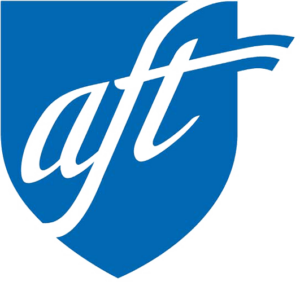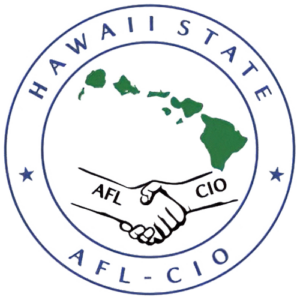March 29, 2010
Testimony for the the hearing on SB No. 2695
Duane Stevens, Ph.D.
President, University of Hawaii Professional Assembly
Professor of Meteorology, University of Hawaii at Manoa
Of the additional $59 M in proposed cuts:
- $20M from Tuition and Fees Special Fund. [The message to the people of Hawaii is: Your taxes will pay for less higher education. Therefore higher education costs must be paid from student tuition revenue. Now the state is stealing those funds to cover a temporary shortall elsewhere. So tuition will increase further. Where is the logic?]
- $15M from Cancer Research Special Fund. $10M from Research and Training Revolving Fund, generated by federal research dollars. [Net $25M is being removed from research funds. Indirect costs recovered from federal contracts in the future is likely to decrease!]
The net effect of diverting such funds to the state general fund is a direct impact on our operating budget. Many of these funds are already being used to defray the $100 million cut and/or to retain and support critical projects and programs.
Enrollment is at an all-time high with 58,000 students–including 8,000 additional students in the last two years alone. These students include people who have been hit hard by the economic downturn and are going back to school to re-tool for new careers. Students are relying on the university to help them prepare for jobs and compete in today’s global job market, making the university an essential resource for Hawai’i. Our students are counting on us–and it will take our collective efforts to deliver.
—UH President MRC Greenwood, 3-28-10
With this special fund being raided, tuition hikes may also be a likely result to make up for the shortfall that would be created in the middle of the UH fiscal year, and students would have the most to lose. We can look to the experiences of universities on the Mainland such as University of California, and can expect riots and protests by students here in Hawaii. The UH system is the main pathway for local students after high school, and this robs them of affordable job training and a higher education. At a time of record-high enrollment and many returning to school to learn new skills, this is unconscionable.
—UHPA Executive Director JN Musto, 3-29-10
Hawaii requires higher education to prepare the next generation of Hawaii residents for future jobs.
Duane Stevens, TV advertising in February 2010, sponsored by UHPA
The legislature is considering a substantial decrease in state support of higher education. When I arrived in Hawaii in 1989, 13% of State of Hawaii general funds were allocated to higher education. Today, according to a graph shown by you legislators in Hilo in November 2009, 8% of general funds goes to higher education. Today, SB 2695 proposes to decrease funding further. What does that say about the legislative commitment to jobs in the future?
Around 2000, what happened in senior faculty ranks in UH Manoa’s SOEST?:
- Professor David Bercovici left UH Manoa’s Geology Dept., later to become Chair of Geology & Geophysics at Yale
- Stephen Self left UH Manoa’s SOEST to become Chair at Open University in England
- Rodey Batiza left G&G to become a Program Manager at National Science Foundation
- Jill Karsten (Researcher) moved to the American Geophysical Union in Washington, DC.
- Khalil Spencer moved to Los Alamos National Lab.
When the mainland recovers economically before Hawaii, what do you think the best and the brightest faculty will do?
We may look back to the 2010 legislature and realize that the University of Hawaii System became the Hawaii State College system!!



